Music, Night, Life: In Conversation with Shahbano Farid
Karachi during the decades of the 1950s and ’60s is often recalled as an idyllic time, when nightlife thrived and women could “breathe freely”, as Anwar Ahsan Siddiqui wrote in his memoirs as a teenager in the city during the ’50s. It was a cosmopolitan city full of energy and action, infused with hope and possibility, wrote Samira Shackle in Karachi Vice: Life and Death in a Divided City (2021). Laurent Gayer points out in Karachi: Ordered Disorder and the Struggle for the City (2014) that it was also a time when labour and student movements amplified. Many foreigners would land in the city as it was part of the hippie trail, with photographs by the likes of Nadeem F. Paracha documenting a couple of them leisurely smoking weed in a Peshawar hotel. The nightclub, bar and discotheque scene was thriving with live performances and dancing. American jazz musician Dizzy Gillespie stopped in Pakistan in 1956 as part of the U.S. State Department Jazz Tour to combat Soviet soft power during the Cold War. Karachi’s first girl band, The Xavier Sisters, was formed in the late ’60s. Donning short uniforms, full-length socks and Mary Janes, they embodied the ’60s mod girl. It all stopped when nightclubs and establishments of the sort of "immoral" activity they were believed to carry out were banned in 1977.
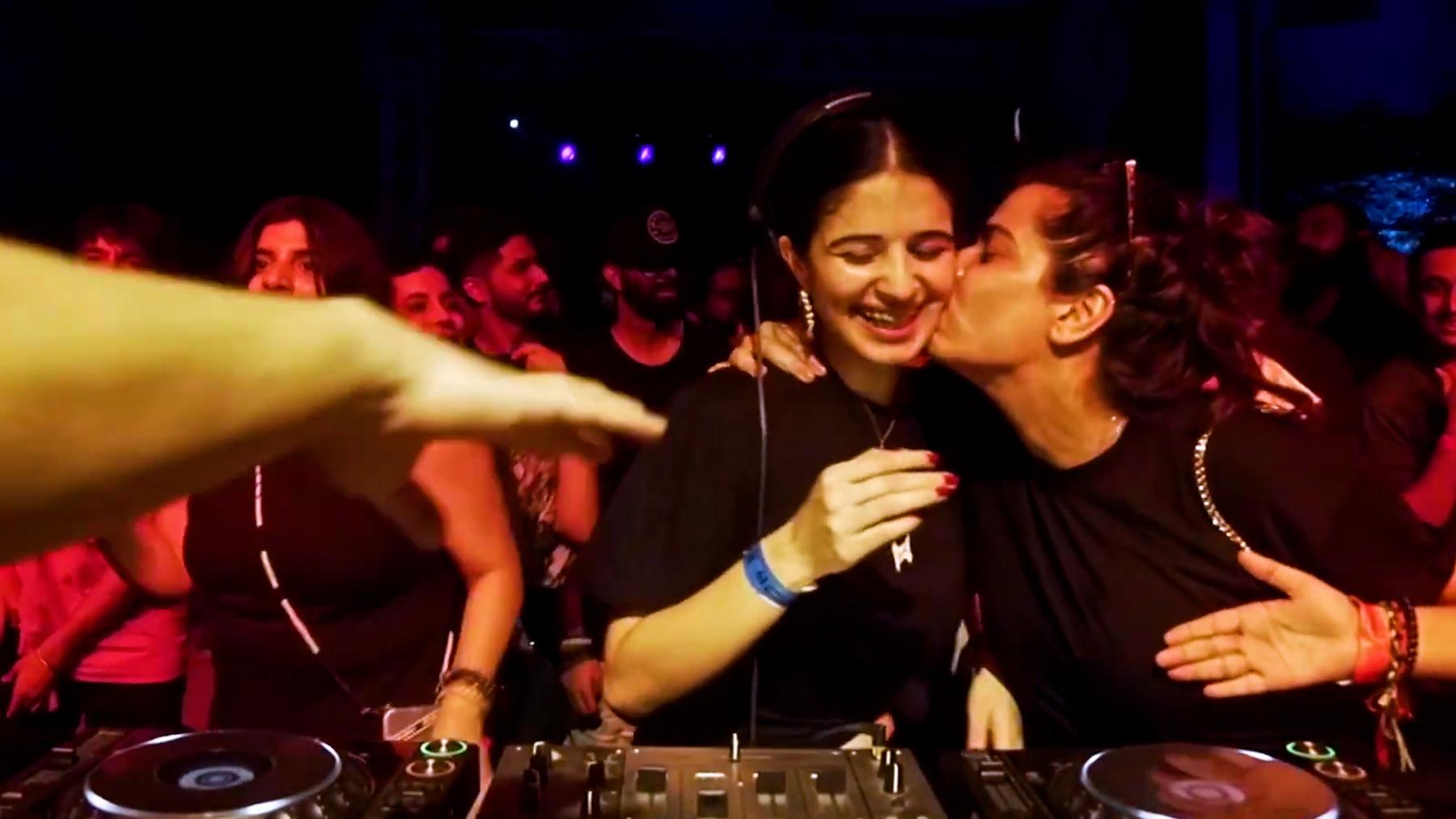
Over the past few years, Karachi has been fostering an underground music scene, primarily comprised of electronic and dance music. Many of the individuals who are a significant part of the scene were experimenting with music genres and amalgamating their diverse inspirations. A number of them met each other through university concerts or browsing through music online, as Ahmer Naqvi wrote for The Caravan. As the community grew, events like Boiler Room were brought to Karachi in 2022 to appease the city’s music-hungry audience. Despite the burgeoning rise of the underground music scene in the city, there continues to exist a stigma about this subculture in the mainstream. In her documentary Karachi at Night (2024), Shahbano Farid ventures into the underground music scene in Karachi, in conversation with musicians and DJs, and uncovers how this world functions even when it becomes difficult to thrive independently, while the fight to sustain the scene must always continue. In the first part of an edited conversation, Farid takes us through her motivations for documenting the nightlife and underground music subcultures in Karachi.
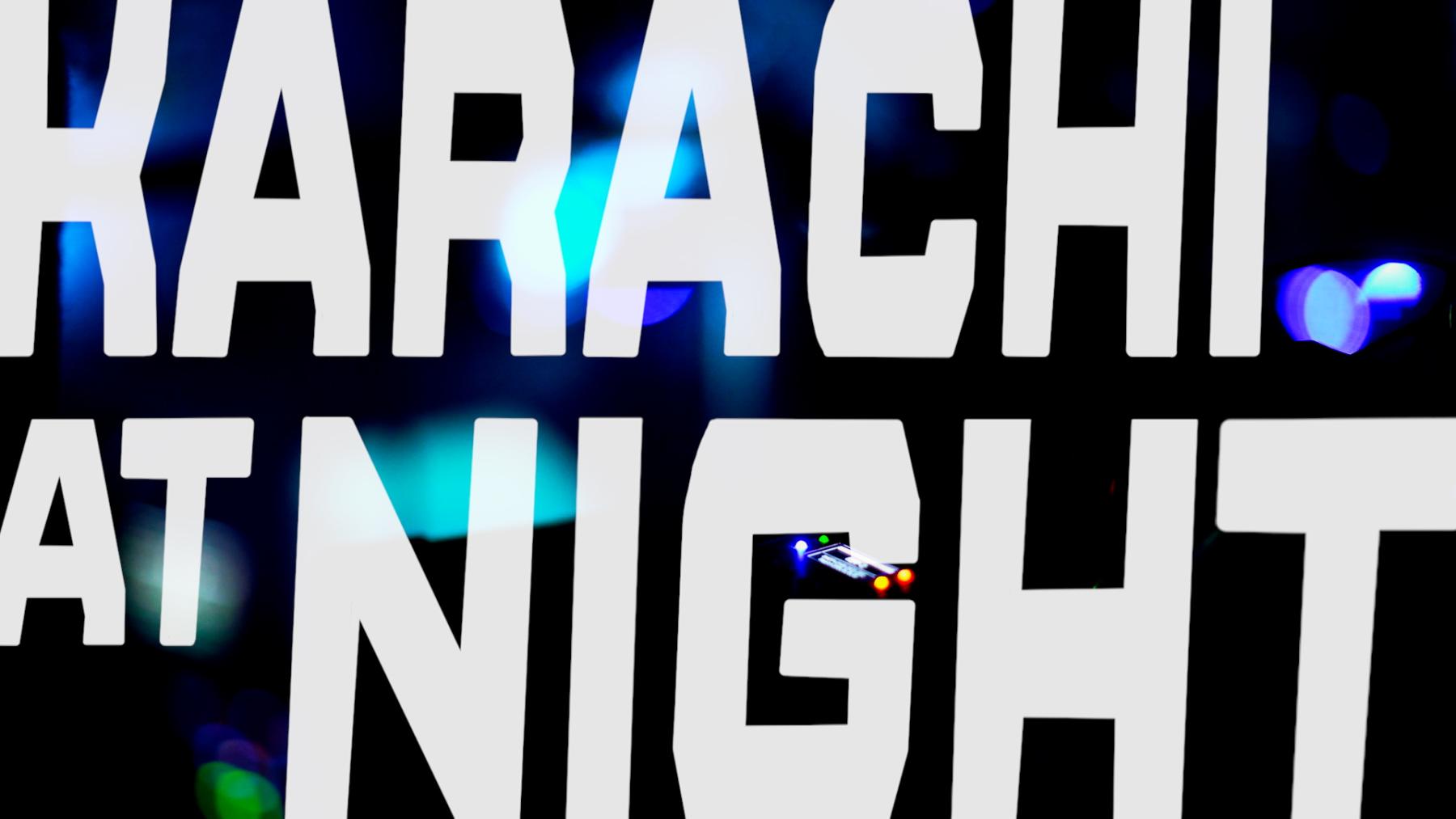
Upasana Das (UD): What prompted you to document the nightlife in Karachi?
Shahbano Farid (SF): Music has really been a huge part of who I am. Especially underground music—like techno, trance and house music—that I grew up listening to with some of my older cousins. It really [in]formed how I was meeting people and how I searched for other music. I was born in Karachi, and I go back every year, so the story found me at the intersection of two of my greatest loves. I knew a few friends and people who are in the film. I thought it was such a unique story to come out of the country, so I just wanted to share it and let people know that this is happening.
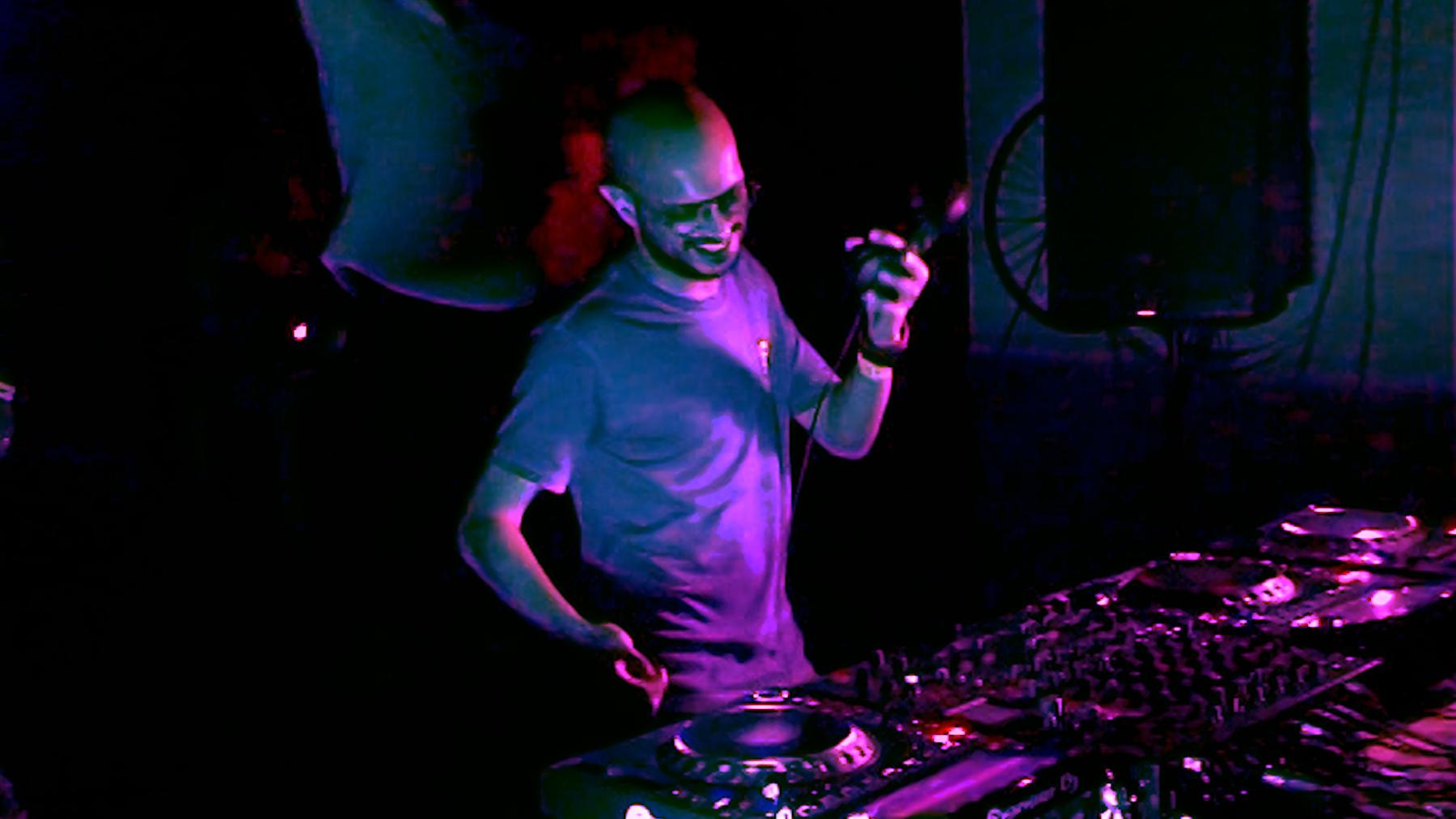
UD: What is the nightlife scene like in Karachi, and what, according to you, may have caused its sudden rise?
SF: I guess it depends on what you would call nightlife. For me, nightlife is going out and dancing. Music is a part of nightlife for me. In Karachi, it is defined by chai culture, going to a dhaba and just having chai, chaat, or samosas—that is the culture. Like so many major cities, Karachi is not the safest at night. So, people also do a lot of things privately at home. I think Danny (Daniel Arthur Panjwaneey) describes it best in the documentary—they didn’t really have anything else to do; they just wanted to make music. And while they began making music, they realised how so many of their friends were also making music. They thought they should do showcases, which turned into events and parties and then naturally progressed into creating a subculture.
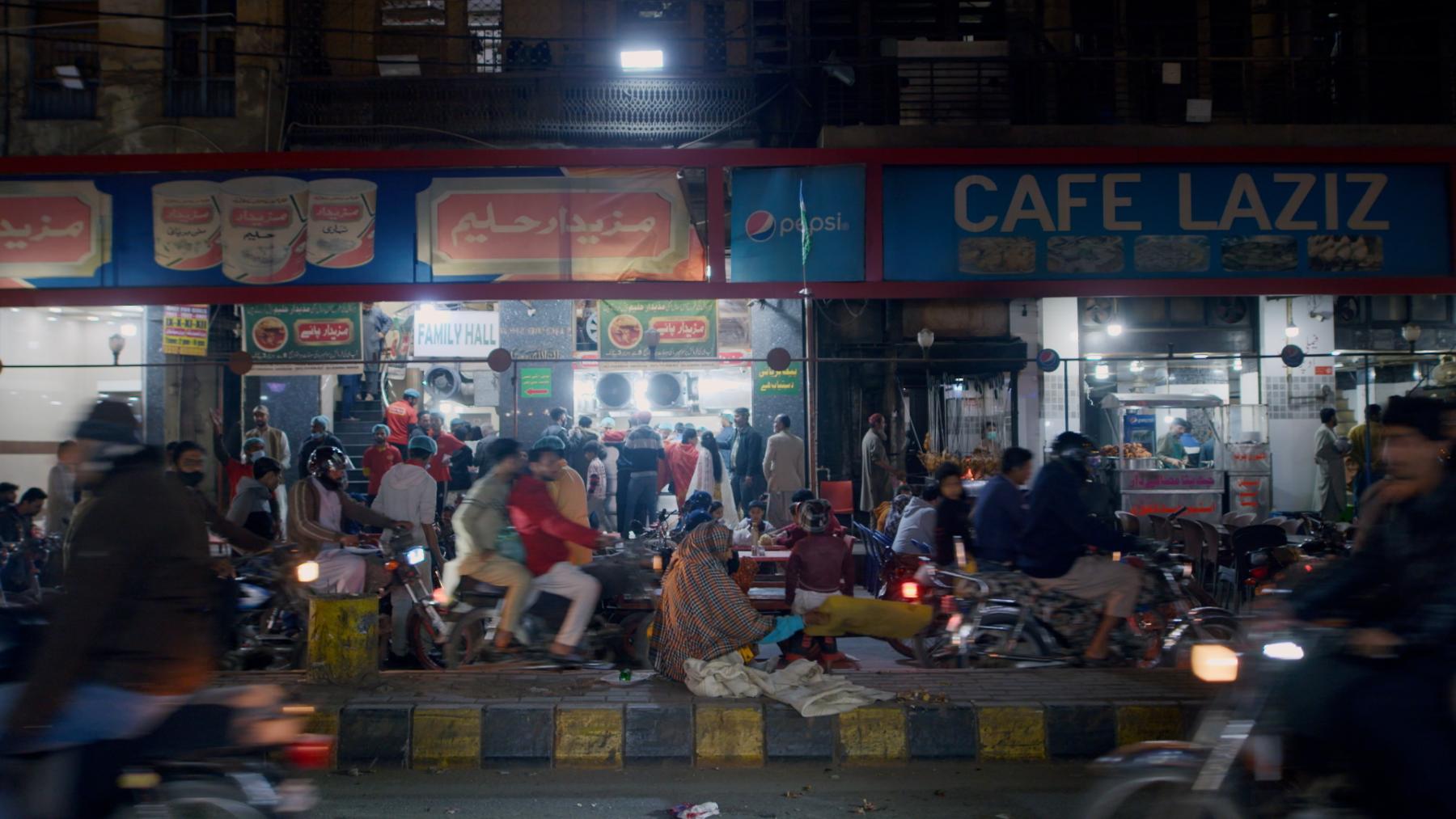
UD: The political situation in Karachi is also contentious at this moment. How does that influence what goes on in the underground scene?
SF: Pakistan is a very politically volatile country. I am not the right person to dive deep into that, but I can tell you from the perspective of music and also what I have learned from making this documentary—they are interconnected in different ways. Looking at the political sphere, one considers the shifts from when Karachi went from a very liberal society to what we see today—changes that took place in the late ’70s. In the film, we briefly touch upon this aspect by talking about the election of Zia-ul-Haq, when he came into power. But it was never just one person who enforced this shift. Obviously, Zia-ul-Haq had a lot to do with it, but I think the people in power that came after also upheld this same socio-political sphere. We have a very rich history of music, and in the 1950s and ’60s, Karachi was a part of the hippie trail. People would come down from Europe and go out in Karachi and then go to other countries, so it was relatively liberal and foreigner-friendly.
What is interesting about the contemporary scene—and this is just a small part that I have captured, as these are the people I had access to—is that a lot of them come from means. When you talk about art in a developing, volatile country—politically and culturally—you have to have some basis of means to pursue it. I am not saying everybody in this field comes from a privileged background; there are a lot of minority groups that are within this documentary. So, the people who are throwing these parties have the means and privilege to do so. But because they have the financial means to organise these parties, it sort of creates a larger world for more people to access. They are not the only ones; there are a lot of other parties and events that happen even deeper underground. There is so much going on that I am not allowed to show. It is all behind closed doors.
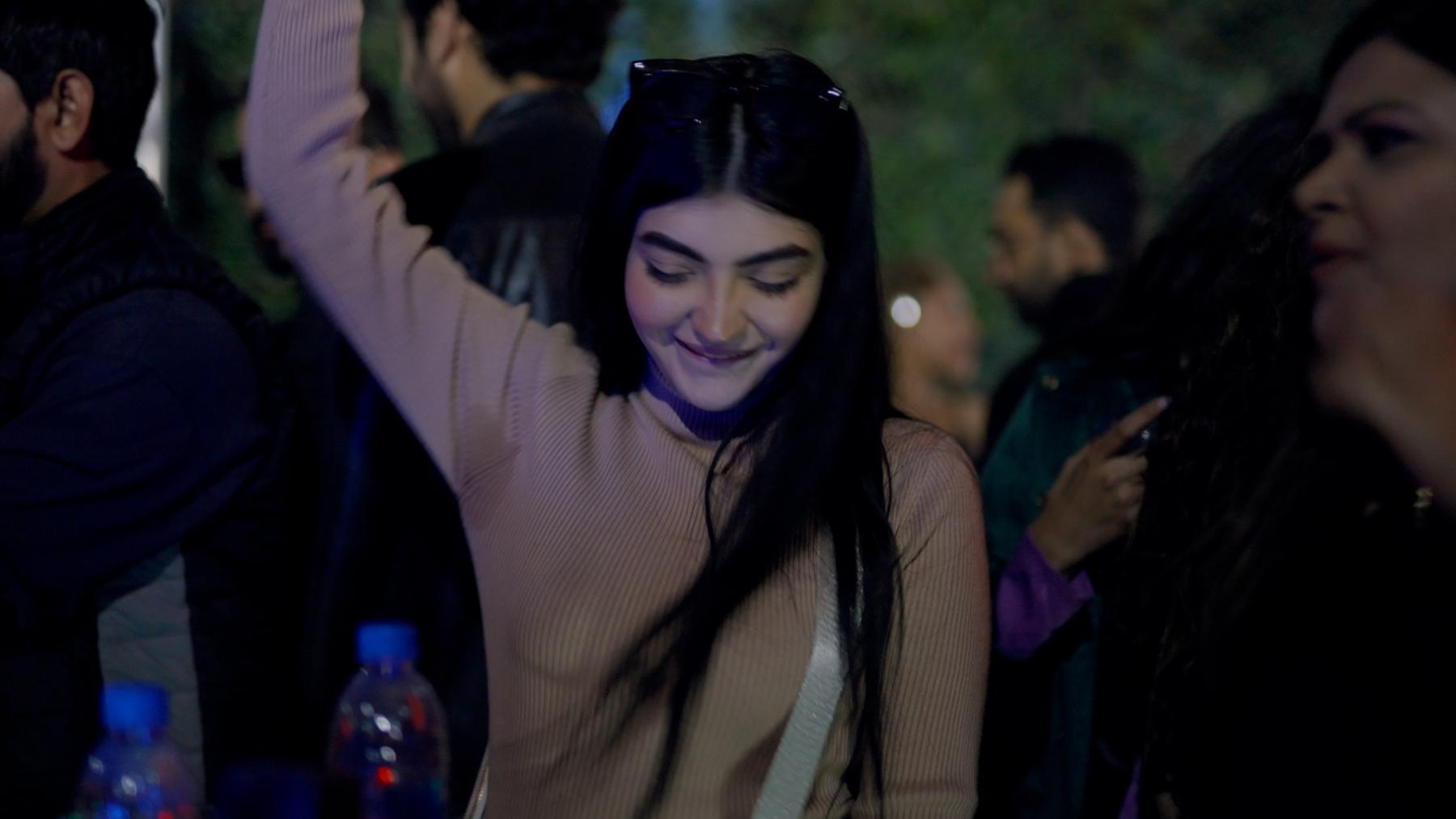
UD: What were some of these deep underground scenes?
SF: They were parties that I was not allowed to film because the organisers wanted them to remain very private. There are probably things that I do not have access to. Karachi is a very “if you know, you know” type of city. That is both for protection and safety, as well as the stigma that comes along with this type of stuff. You live in bubbles in Karachi, and this is the bubble that I had access to. Lyari is where the Taliban once were, so it is not the best area in the city, but there is a really great art scene. I just do not have access to it.
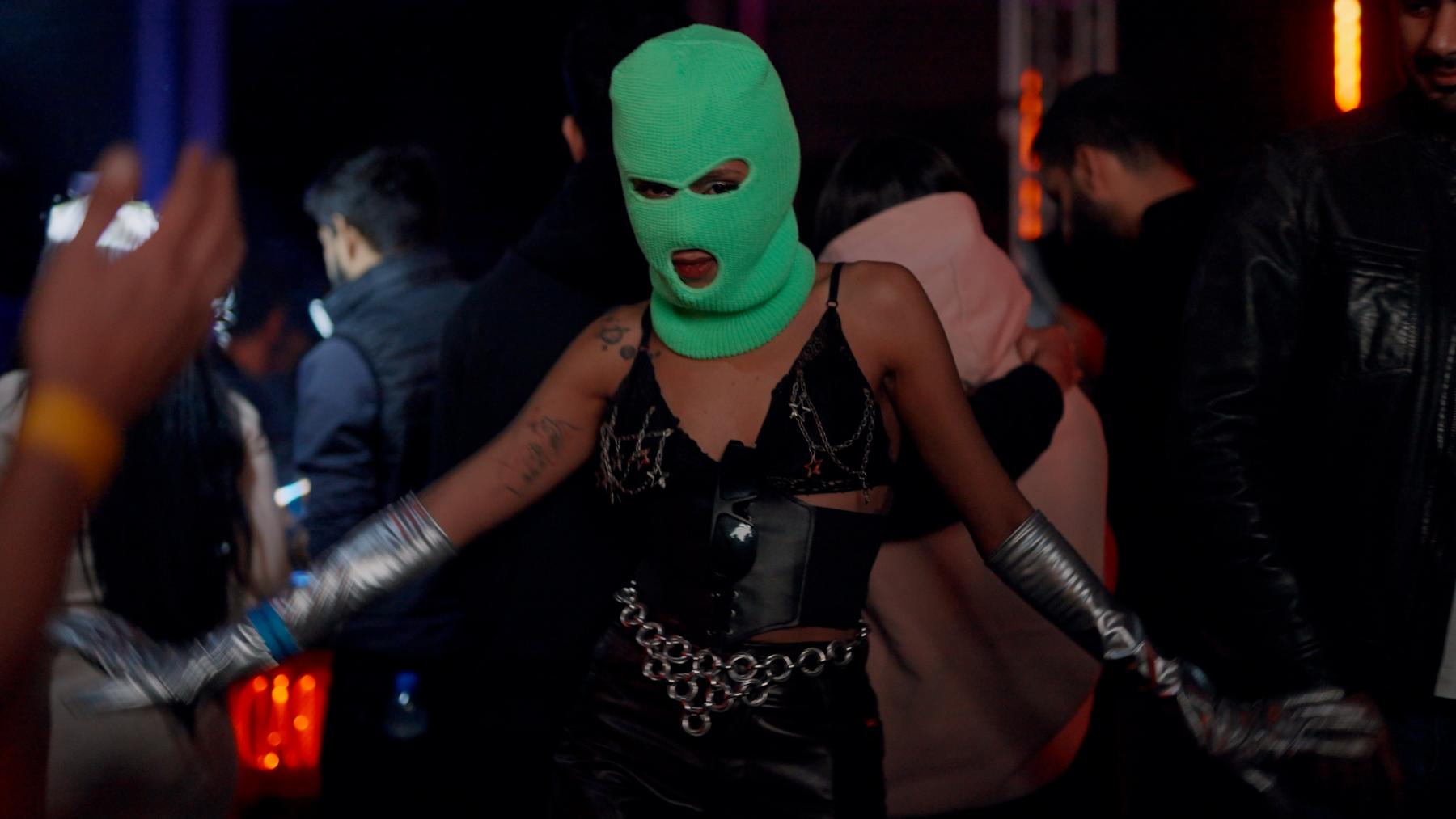
UD: The film explores both the D-I-Y nature of bringing together a venue, artists and other elements that keep the electronic music scene in Karachi, as well as the state/government’s ubiquitous presence when organising an event like this. What were some particular challenges that stood out to you as a filmmaker?
SF: I have learned more from my subjects than when I was researching this by myself. Danny has been around for a really long time; he has been really building the scene. In the documentary, he talks about getting No Objection Certificates (NOC) and working with local police departments to say, “Hey, we're throwing this event, this is what is going to happen, we're not going to do anything that's that bad.” But a lot of times, the police will come anyway, even if the NOC is signed. Then it is really just a scam to give them more money. So, you just have to pay off the police in order to have an event, essentially.
There was one venue that we filmed called District 19. In a massive city like Karachi, I had only really heard of two or three venues. And those venues themselves are not permanent; they are spaces you can fabricate. You need to bring in the sound, lights, make arrangements for portable toilets, have drinking water available, and some air conditioning if it is indoors. Then you have to hire security because safety is a huge part of it. You do not want to charge too much for a ticket because it is a difference in lifestyle, income, etc. So, at the end of the day, you are essentially trying to break even—you are not really making money out of doing this. You are doing it because you want to. There might not be that wide of a net of people who might come regularly—also, this is not part of mainstream culture, so it is not going to be weekly, not right now at least. A lot of the film is archival in nature, and I shot many scenes on my phone.
We faced a lot of challenges. It is not easy filming in Karachi, as people are sceptical. Ours is not a culture where cameras are the norm, so if you pull out an FS7 or just a filming camera, people don’t know how to react—sometimes they get a bit curious or maybe a little intimidated. So, insecurity is very keen on shutting down any type of filming. We also had challenges of not all the equipment being readily available.
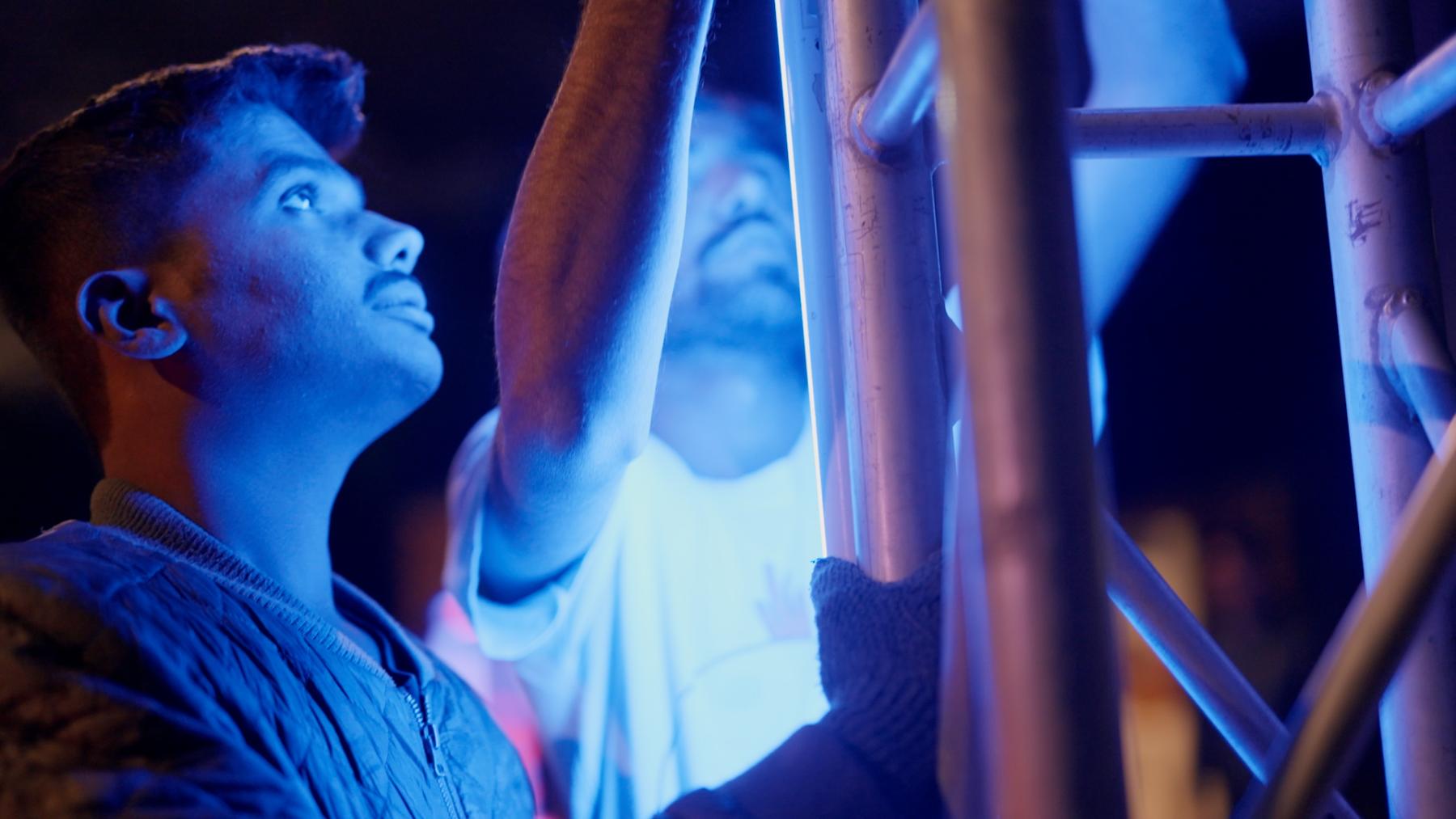
To learn more about attempts to reclaim public spaces by women’s movements in Pakistan, read Banhi Sarkar’s review of Anam Abbas’ This Stained Dawn (2021). To learn more about artists who have responded to the city of Karachi, revisit Anisha Baid’s three-part conversation with the team behind Exhausted Geographies.
All images are stills from Karachi at Night (2024) by Shahbano Farid. Images courtesy of the director.




